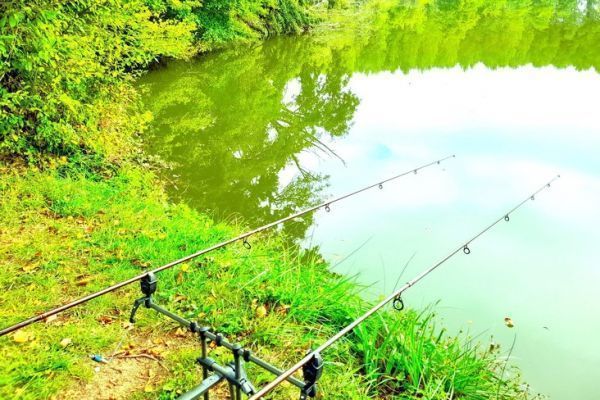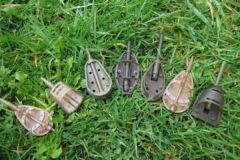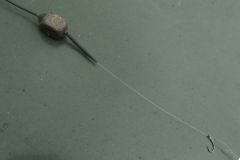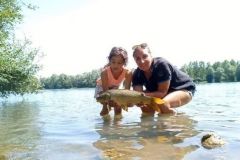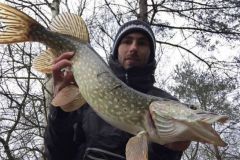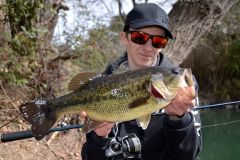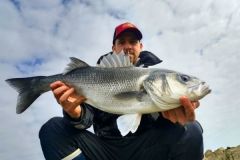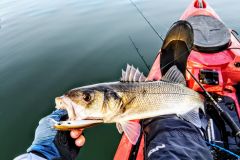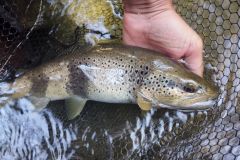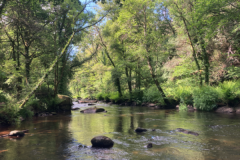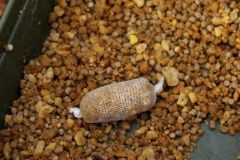Autumn, a great season for carp fishing
It has to be said that carp feeding activity is at its peak, which leaves the possibility of producing large series or catching the biggest specimens at their maximum weight. With these characteristics, autumn is my favourite season at the water's edge and I'm banking on the coming weeks to catch a big fish.
The autumn period offers many advantages, but to take advantage of them, you first need to choose a suitable spot. Indeed, in comparison with natural lakes. The hydrogeological configuration of artificial lakes is ideal for stalking carp at the end of the season. Lower water levels, and sometimes very high tides, particularly on dam lakes, concentrate fish density.
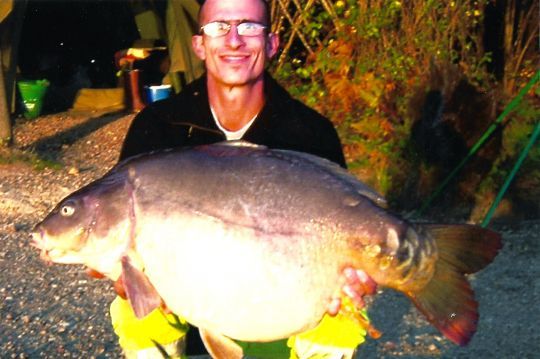
The second advantage is that fish have far fewer places to hide in large lakes. In fine weather, you're confronted with dozens of kilometers of submerged forests, reedbeds and meadows. These spots offer fish an immense space in which to escape our lines. But when water levels drop, carp lose all these refuge possibilities.
The likelihood of fish landing on the bait is greater and fishing is therefore much easier. Conversely, in large natural lakes, the water level varies much less, and generally with falling temperatures. Fish tend to desert the extreme edge zones they occupy in spring and summer. This makes it extremely difficult to locate them in the face of the ever-growing expanse of water.
Fishing pressure
Another factor in the equation is fishing pressure.
September, October and November are generally less productive when a spot has been clubbed all season. The carp have already been caught several times, even many times during the year for the most extreme lakes. As a result, even if all the conditions are right, the fish will tend not to let go completely on baits in frenzy mode.
When fishing pressure is high, autumn is a good time to catch a large specimen. On the other hand, the chances of catching a large series of fish are slimmer. The fishing pressure factor accumulated over the season must therefore be taken into account before choosing the lake, the baiting station and the baiting strategy.
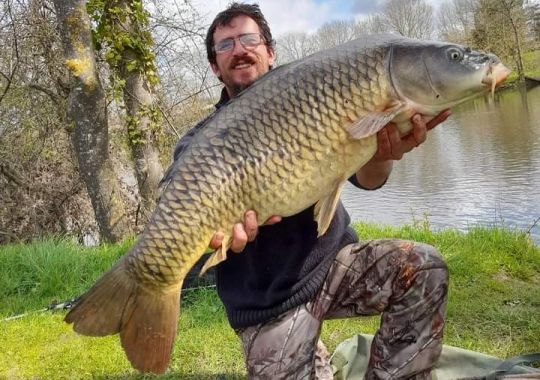
The right spots and the right weather conditions
It's a good idea to plan your outings and baiting, and many anglers take time off when autumn arrives.
As soon as I know what the weather will be like, whether for a night, a weekend or a week's session, I choose my spot only after consulting a weather application.
When conditions are anticyclonic and the weather is generally fine, setting off on a large lake is not the best option. High atmospheric pressure has rarely given me good results on large lakes. On the other hand, in rivers, fish are less sensitive to the barometer and fishing satisfactorily in these conditions is more feasible.
Choosing lakes that are more modest in size, such as gravel pits, is a defensible decision. Even if the conditions aren't very good, and the fish don't move around much, they'll never really be far from your rigs.
When the big weather lows arrive, it's the perfect time to go lake fishing. For a session, or even a night, the fish are on the move and looking to feed. The results are generally good. On large lakes, when the barometer exceeds 1015 Hectopascals, fishing is limited to a few rare fish caught at night. On the other hand, when it starts raining, the wind picks up and the pressure drops, anglers are hitting carp just about everywhere, day and night.
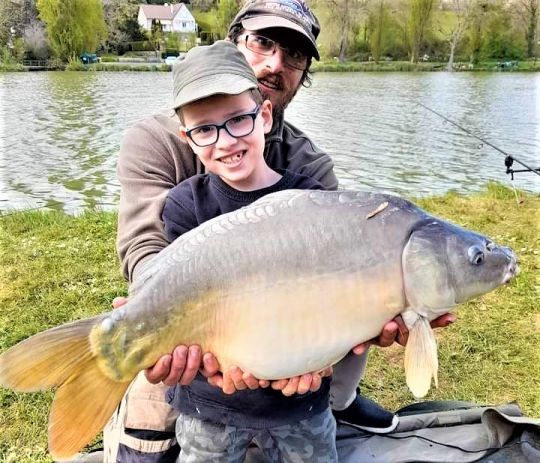
When the right spots change
Lower temperatures and lower water levels lead to the avoidance of extreme edge zones. The various plant elements decompose, and molluscs and crayfish move down one level to the depths. As the shoreline recedes, obstacle zones or shaded edge zones providing comfort and safety for fish disappear. As a result, fish are forced to migrate to other specific deeper zones, which then offer their full weight of food, comfort and security.
These seasonal spots include areas with stumps, riprap, drop-offs and marked breaks. Of course, some exceptions will inevitably confirm the rules. But generally speaking, these areas are fish spots.
The lower levels are often the key to the end of the season. What's more, large specimens are particularly fond of these abysses.
Which baits are right for autumn success?
Carp are now building up their reserves to see them through the winter. To do this, they need to find large quantities of food as regularly as possible. In large lakes, the fish have to swim dozens of kilometers to meet their seasonal food requirements.
These nutrient inputs must not only cover the energy expenditure of the fish in the search for food, but also provide the surplus energy that the carp can store to get through the winter. That's why, to keep the fish as interested as possible during this key period, you need to use foodball baits with a high nutritional value.
Autumn is the season par excellence when the quality of ingredients combined with 100% boilie baiting makes all the difference. Quite poor nutritionally and relatively undigestible, seeds in large quantities are not my allies when autumn arrives.
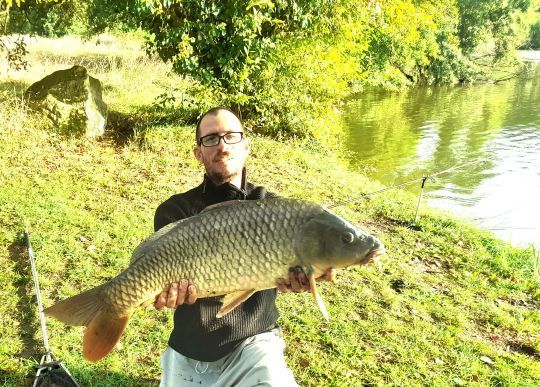
Often composed of a large proportion of fisfmeals (fish, crustaceans, cephalopods, meat and liver, for example), top-of-the-range boilies are the most suitable. Their cost is quite high, around ?15 per kilo.
Autumn is also the season for pre-priming and various habituations.
With the pre-baiting of several different sectors on a large lake, getting fish to feel confident by setting them on a bait is always a great advantage in terms of strategy, especially when fishing pressure is felt.
As you can see, a successful end to the season depends on our various strategic decisions on the banks, but it also depends on the preparatory work of monitoring the weather and real baiting.

 /
/ 